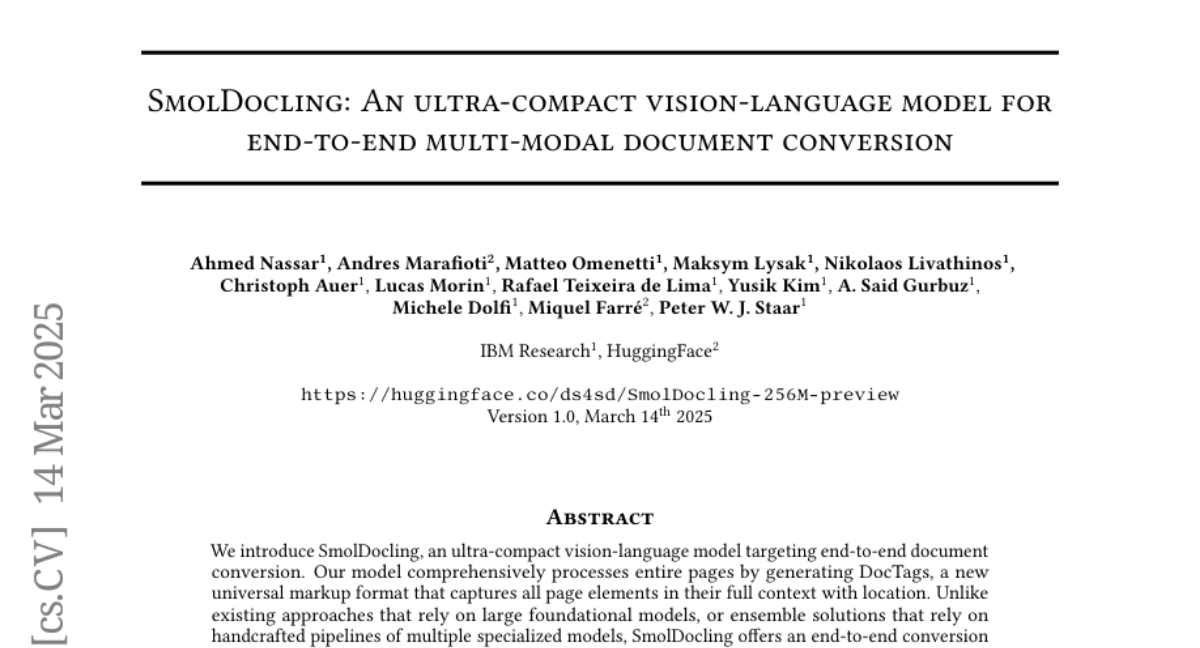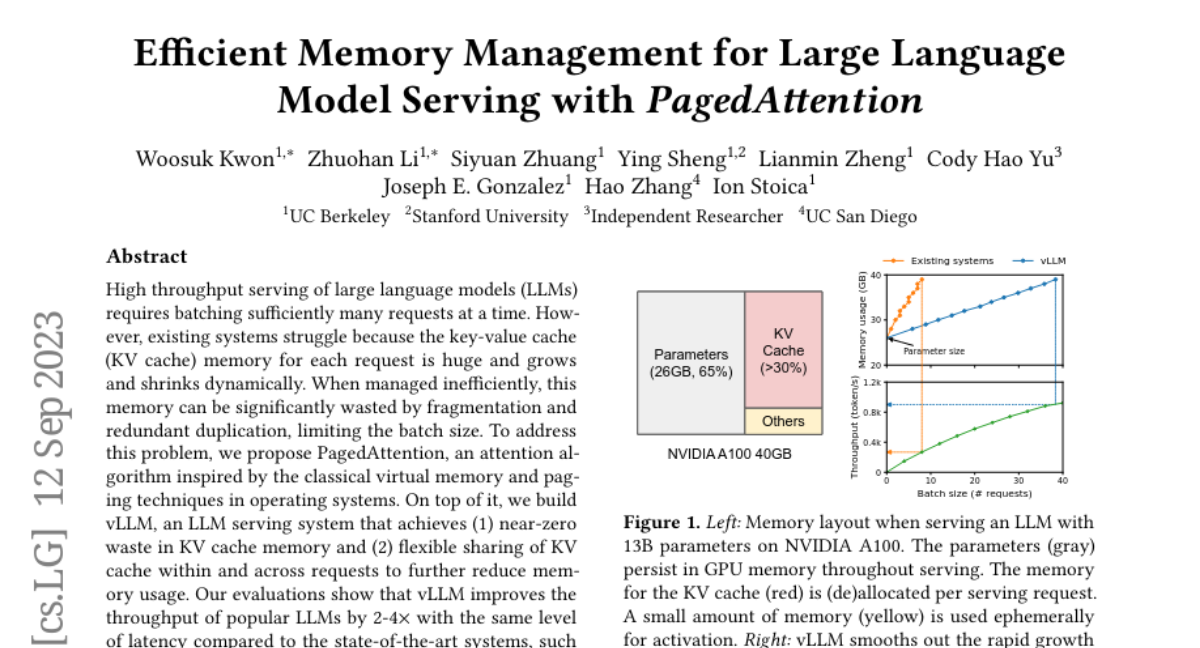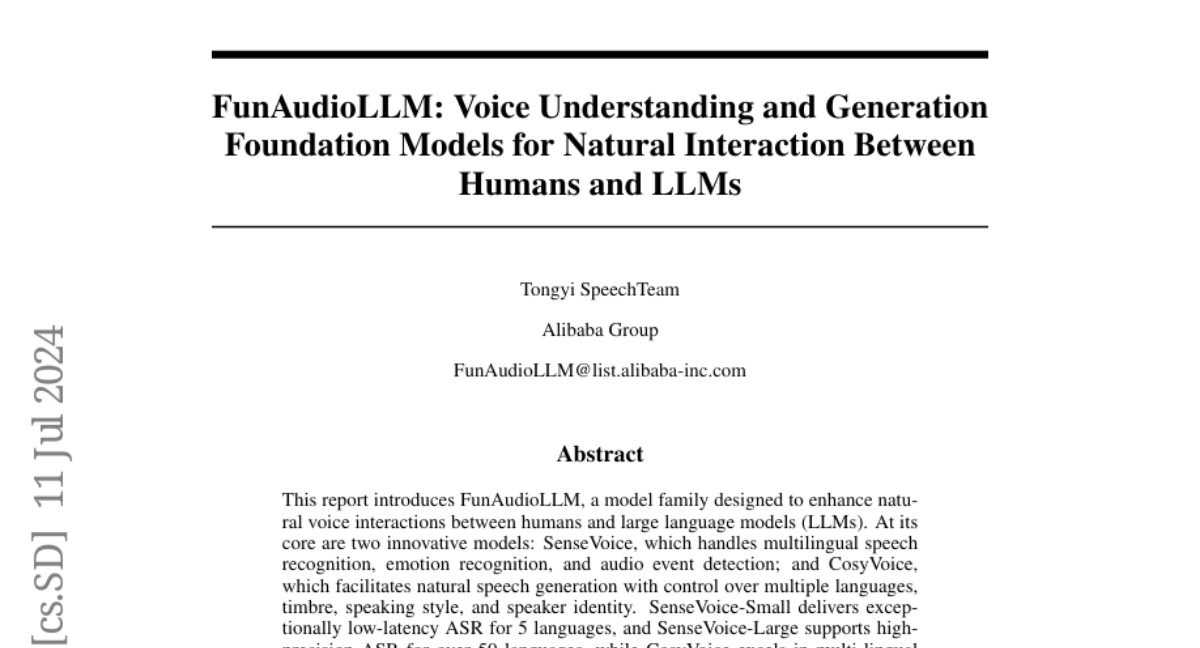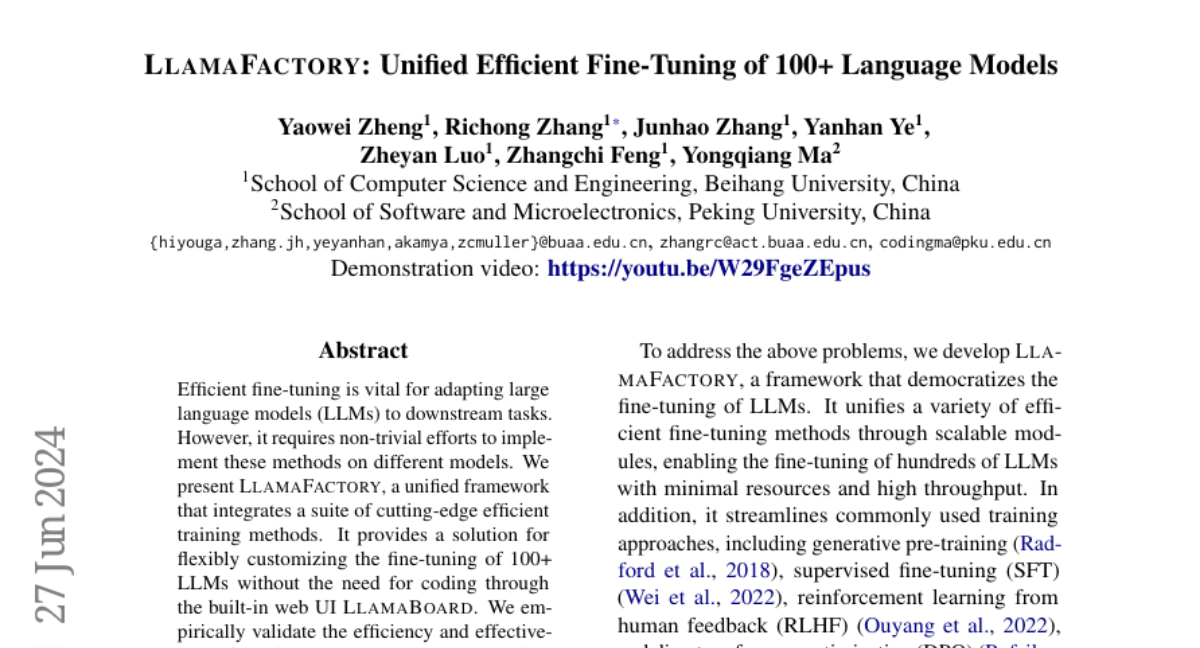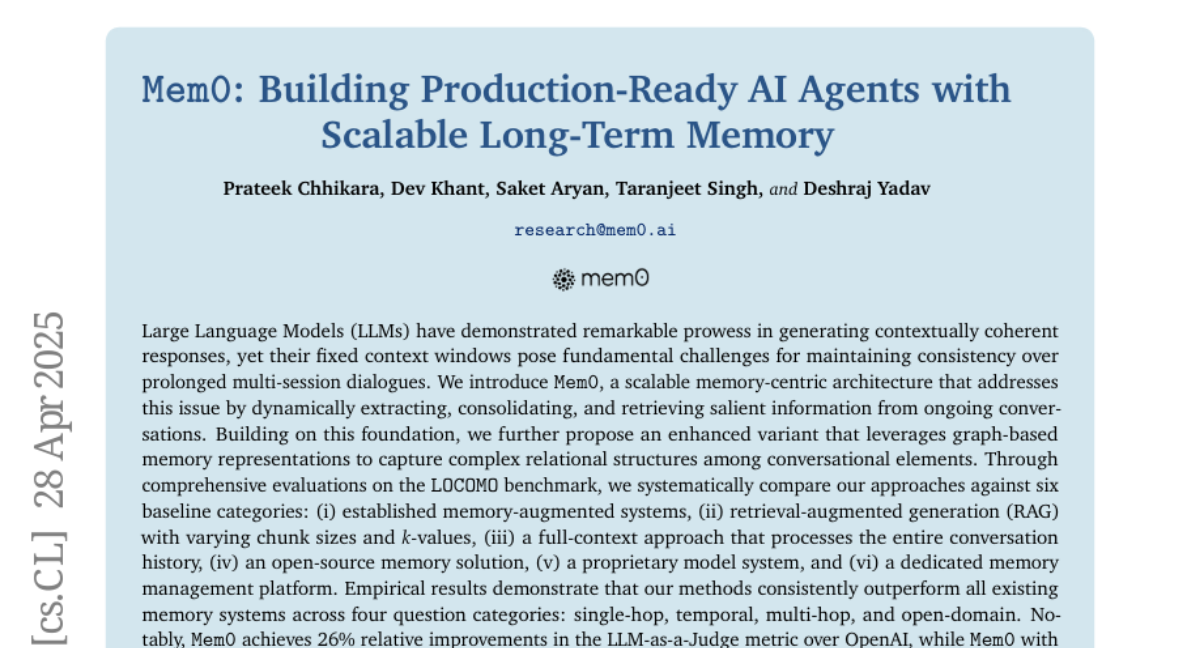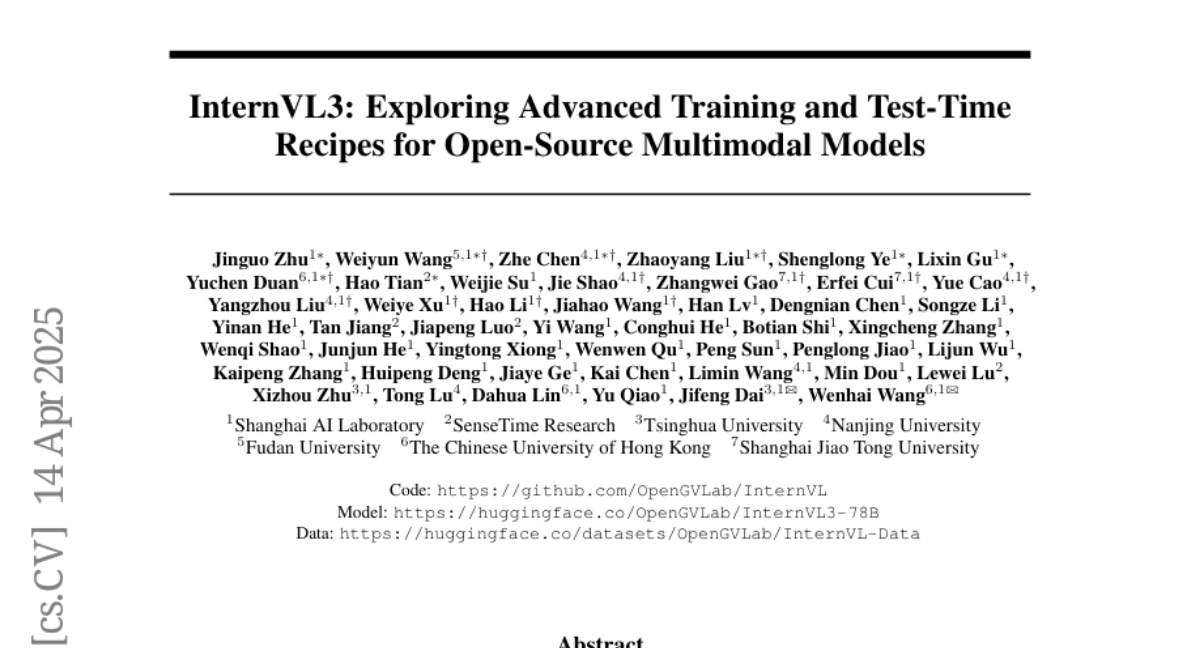TurboDiffusion: Accelerating Video Diffusion Models by 100-200 Times
TurboDiffusion accelerates video generation by 100-200x using attention acceleration, step distillation, and quantization, while maintaining video quality.
TurboDiffusion: Accelerating Video Diffusion Models by 100-200 Times
TurboDiffusion accelerates video generation by 100-200x using attention acceleration, step distillation, and quantization, while maintaining video quality.








